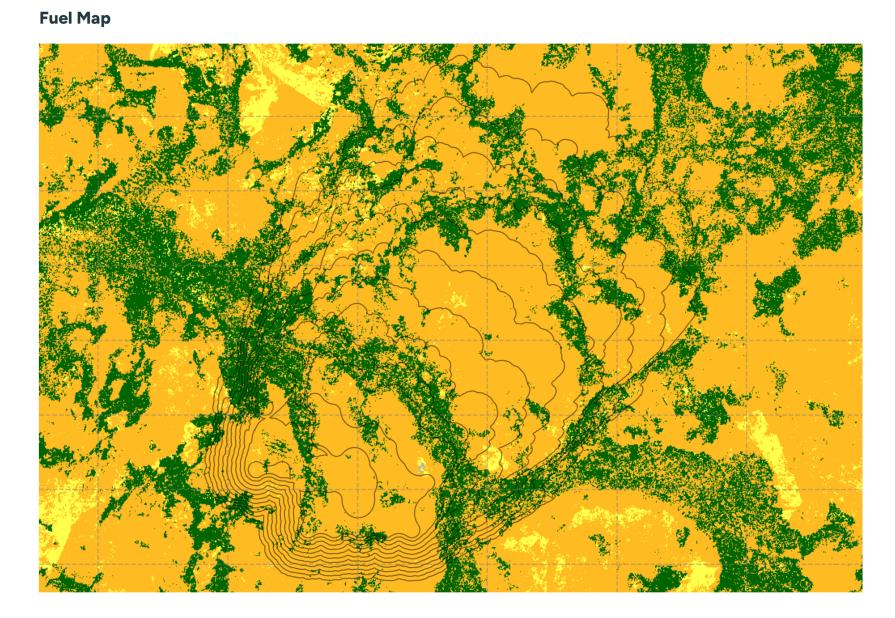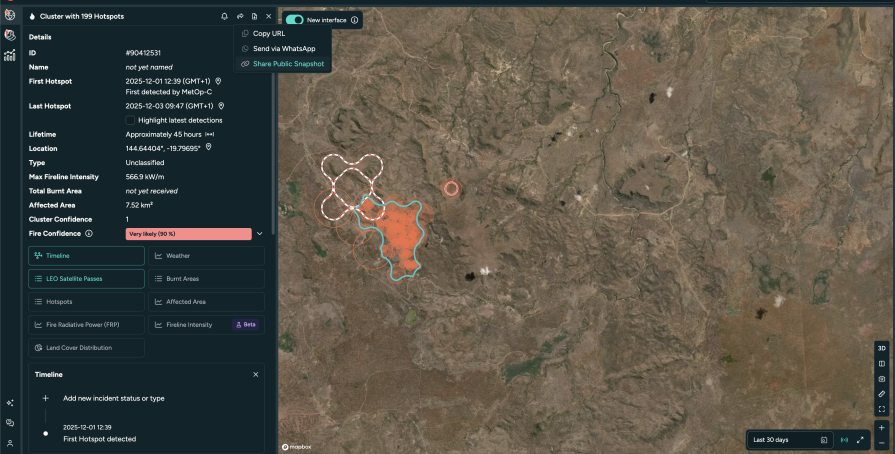Empowering everyday heroes with global wildfire intelligence
Empowering everyday heroes with global wildfire intelligence
Explore our product portfolio
From early detection with our Wildfire Solution platform to predictive Fire Spread insights and detailed Burnt Area analysis, our products provide the tools you need to protect, respond, and restore ecosystems—easily integrated into your systems for seamless operation.
Wildfire Solution
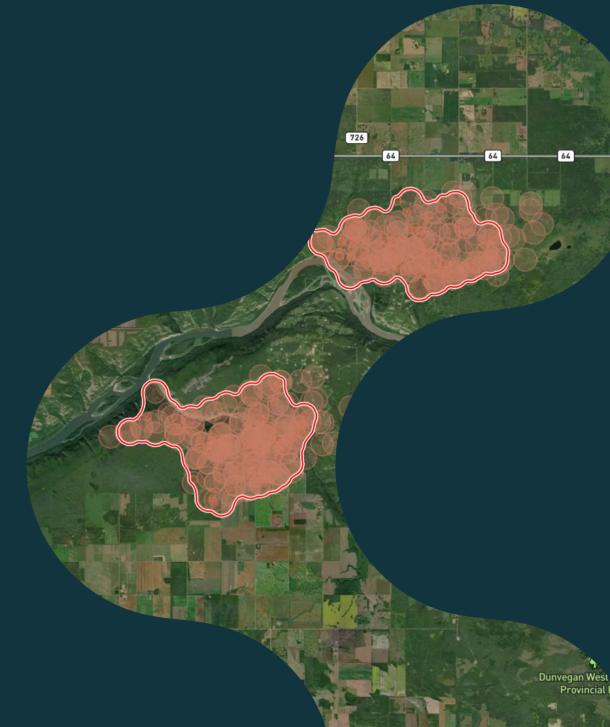
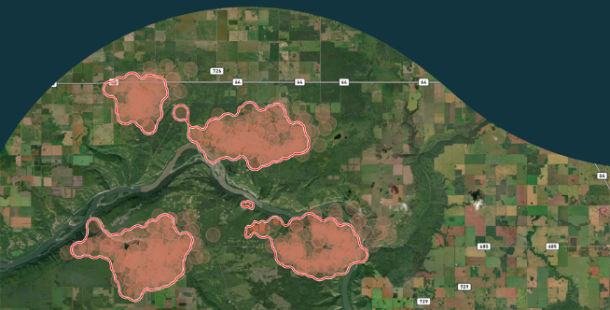


Fire Spread
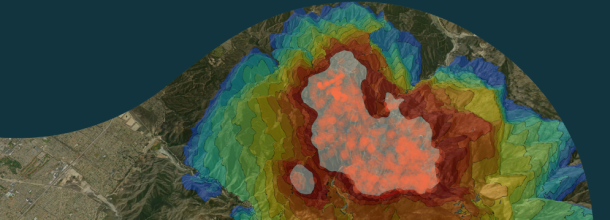
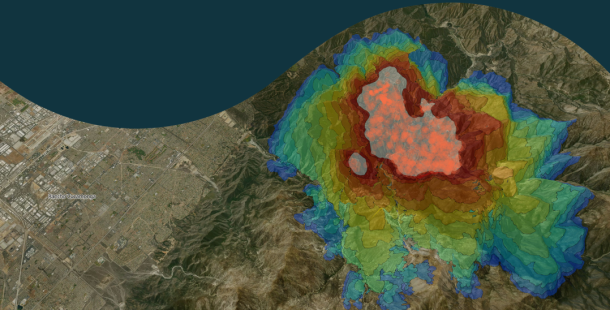


Burnt Area
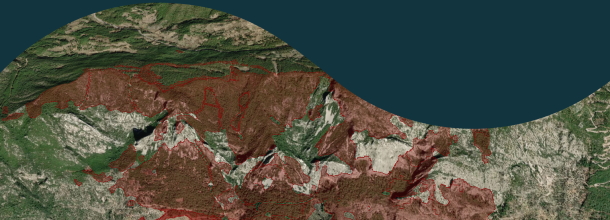
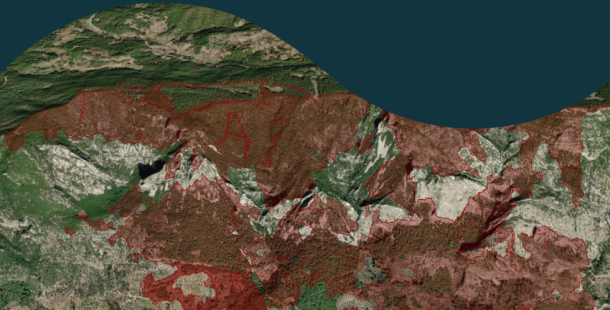


Land Surface Temperature
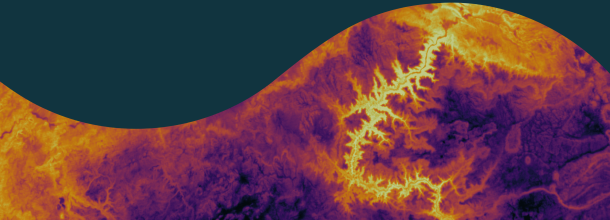
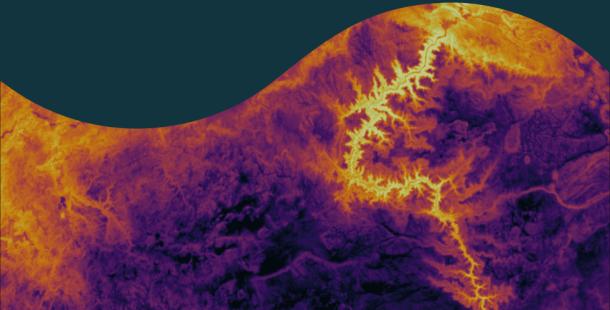


Your industry, our expertise
From safeguarding forests and ecosystems to protecting communities and critical assets, our advanced technology and reliable insights help you address challenges, mitigate risks, and drive meaningful impact.
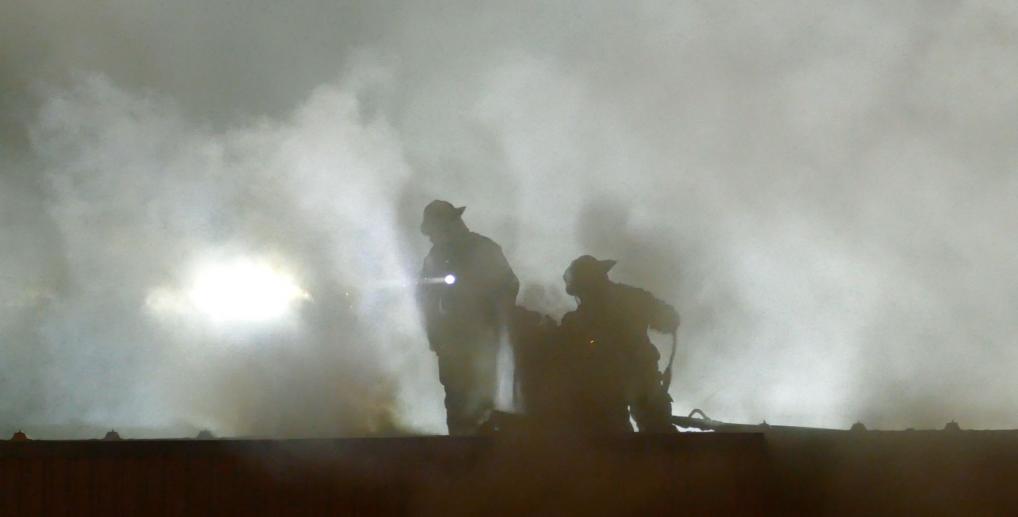

Civil protection
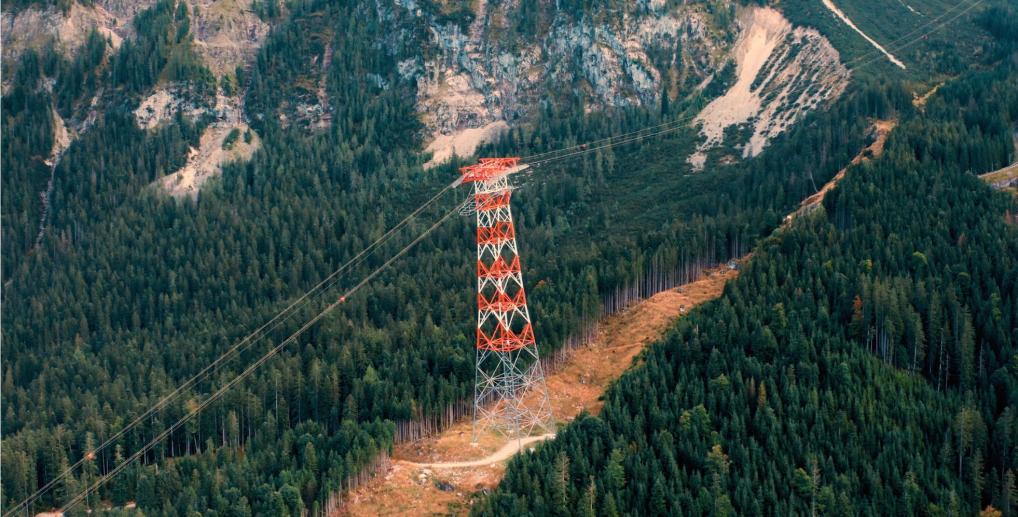

Infrastructure & energy
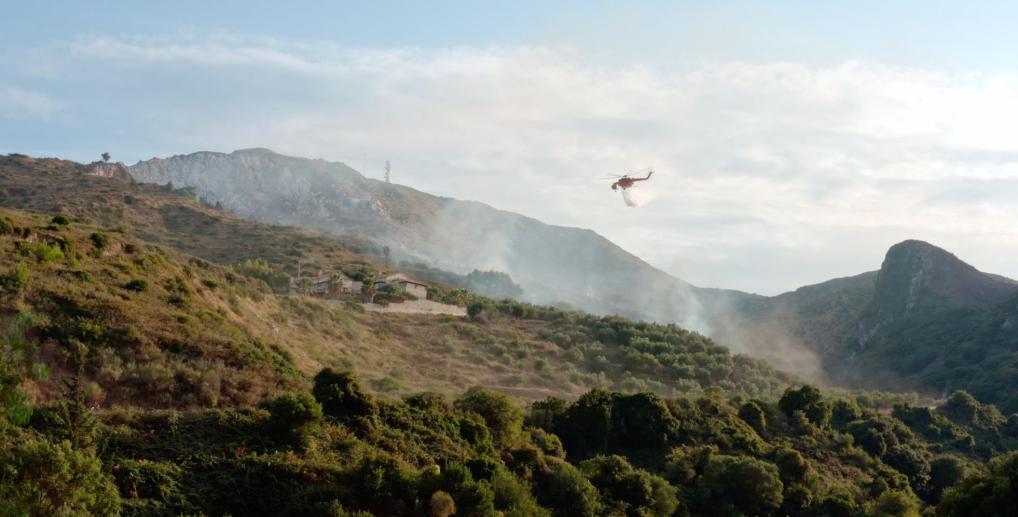

Forestry
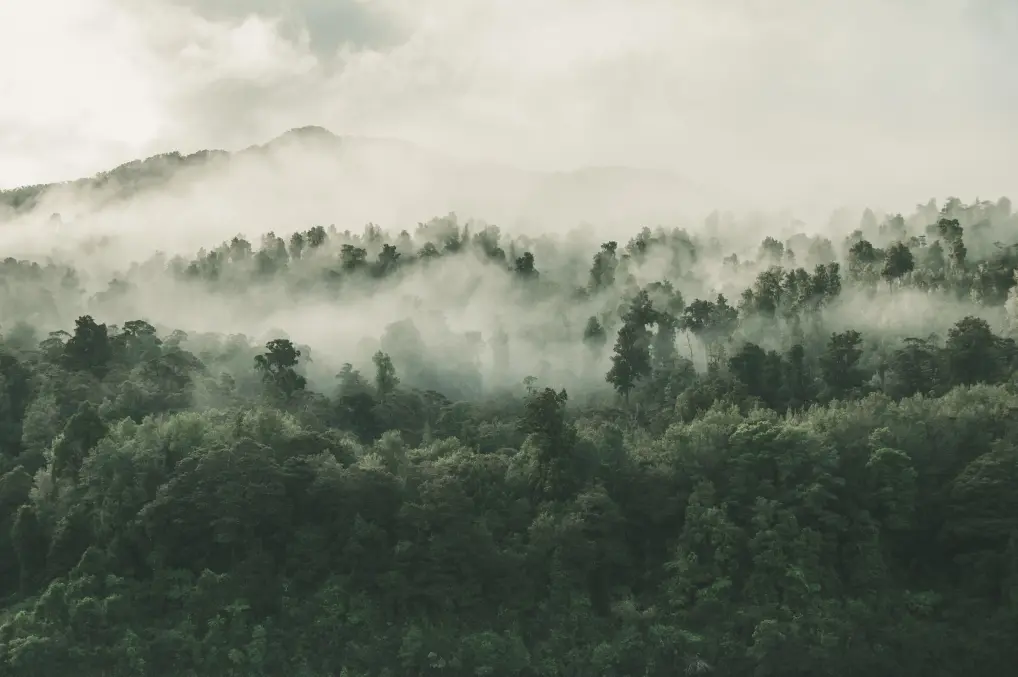

Carbon
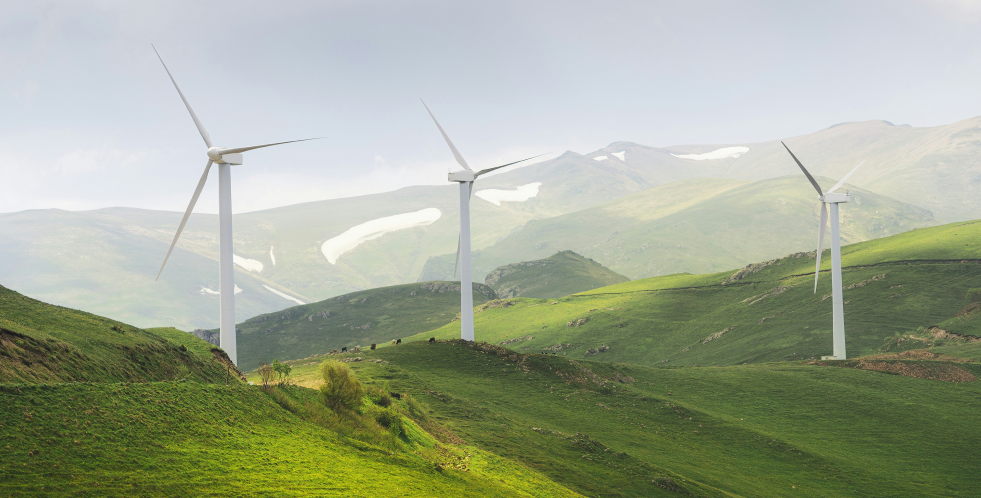

Climate
From orbit to impact: the satellite technology powering our data
Our thermal infrared camera technology
Our space-based sensors detect heat instead of visible light, pinpointing fire outbreaks under any conditions — day, night, or through smoke. Each pixel in our system measures temperature, helping us differentiate fire events from other heat sources.
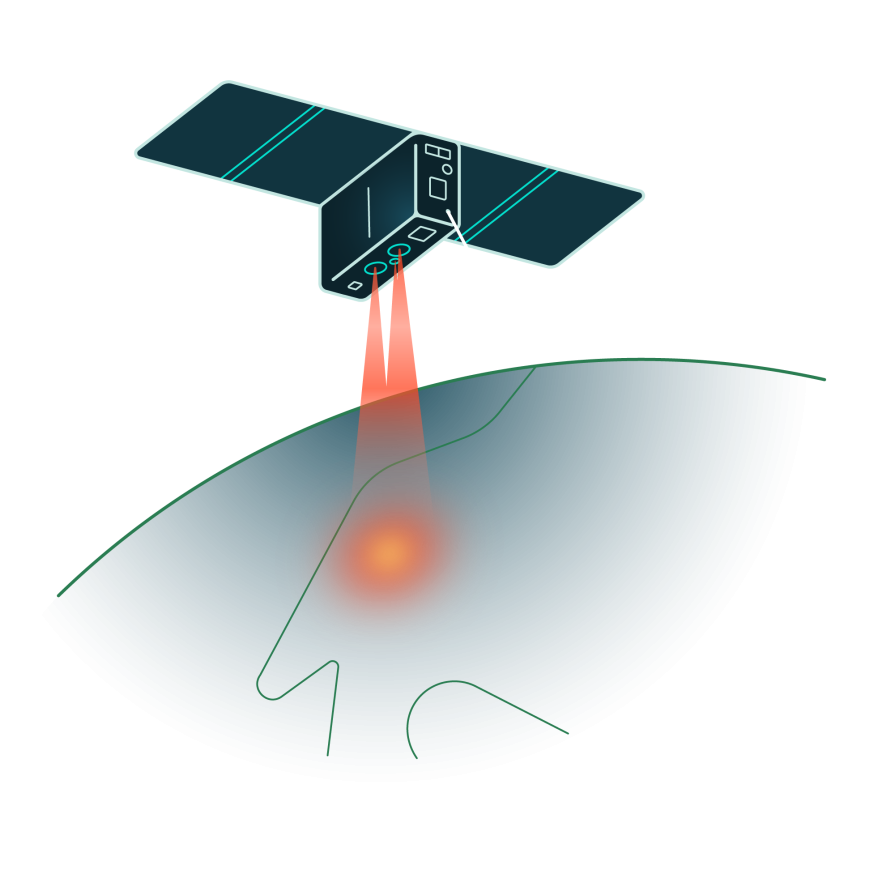
Next-gen sensor network in space
These sensors are on board of OroraTech’s satellite constellation in Low Earth Orbit (LEO), providing continuous global coverage. The sensors in our network circle the Earth multiple times a day, gathering high-resolution data. This approach offers a constant data stream, and with many satellites working together, we eliminate coverage gaps.

AI-driven data analytics
Once captured, the data is processed by our advanced AI algorithms. These algorithms analyze the heat signals in real-time to detect fires, filter out false positives, and predict fire spread.
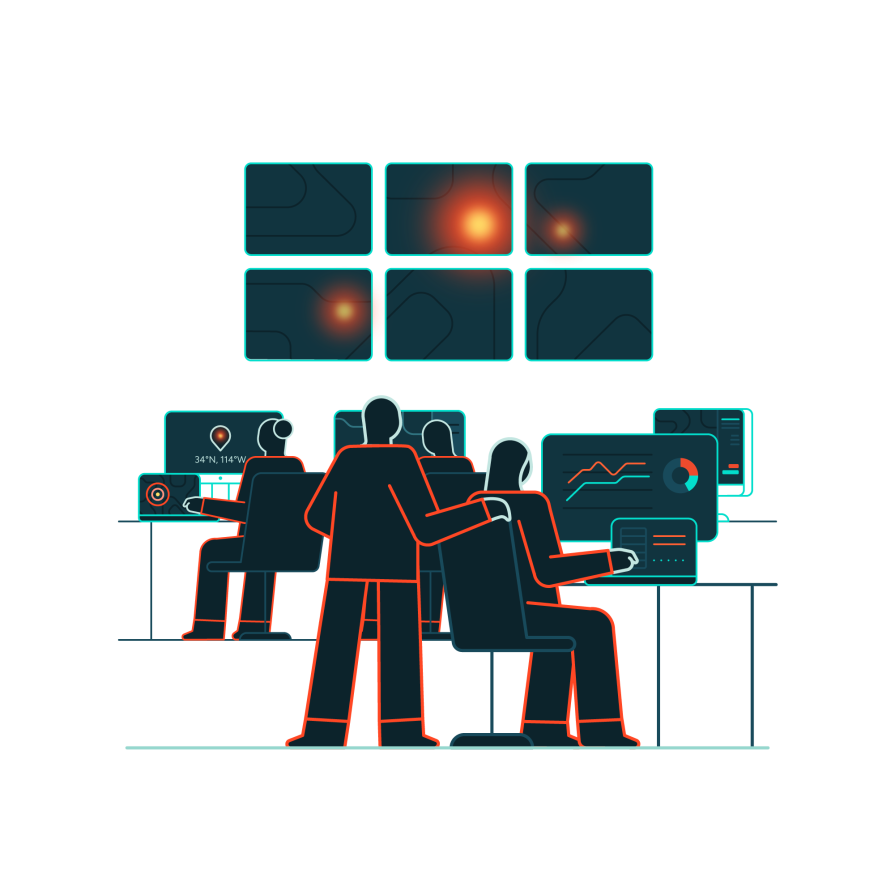



Our thermal infrared camera technology
Our space-based sensors detect heat instead of visible light, pinpointing fire outbreaks under any conditions — day, night, or through smoke. Each pixel in our system measures temperature, helping us differentiate fire events from other heat sources.

Next-gen sensor network in space
These sensors are on board of OroraTech’s satellite constellation in Low Earth Orbit (LEO), providing continuous global coverage. The sensors in our network circle the Earth multiple times a day, gathering high-resolution data. This approach offers a constant data stream, and with many satellites working together, we eliminate coverage gaps.

AI-driven data analytics
Once captured, the data is processed by our advanced AI algorithms. These algorithms analyze the heat signals in real-time to detect fires, filter out false positives, and predict fire spread.




The numbers that tell our story
Every number has a story, and ours reflect our journey, impact, and mission to revolutionize wildfire detection and climate solutions. From groundbreaking innovations to the lives we help protect, these numbers highlight how OroraTech is making a difference worldwide. Discover the milestones that define who we are and where we’re headed.
Users in 25 countries
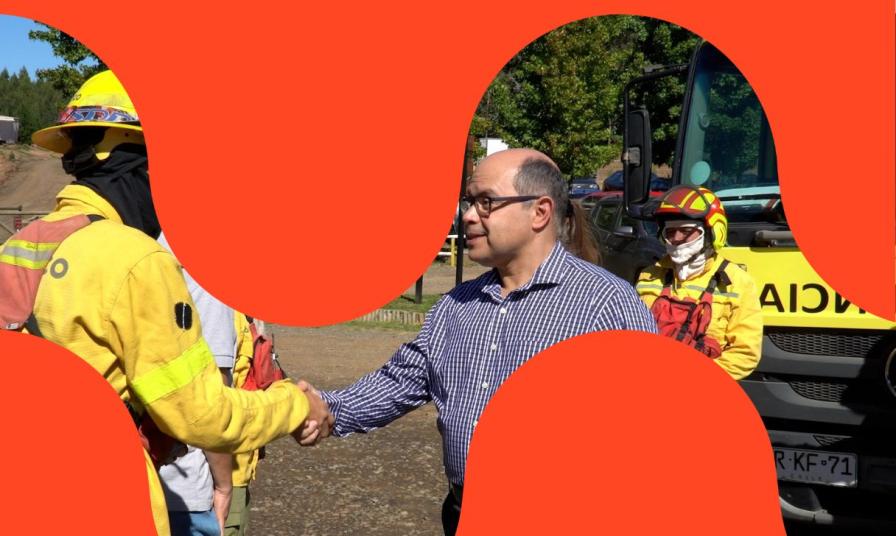
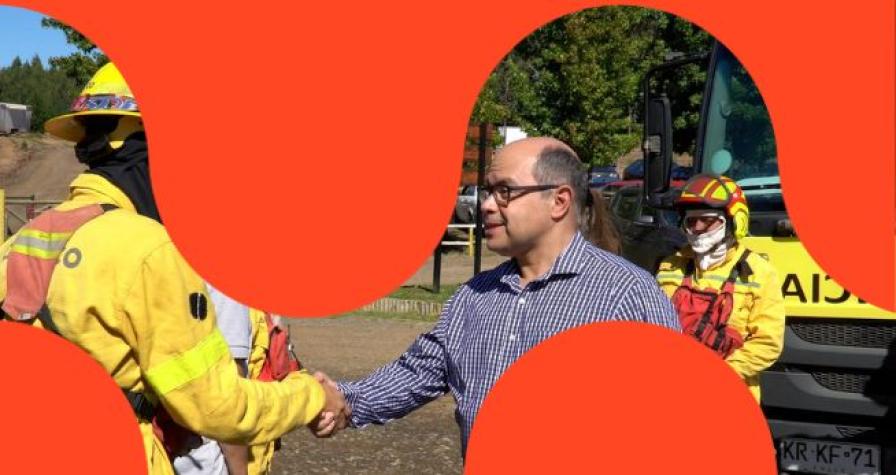


Employees on 5 continents




Hectares of monitored area
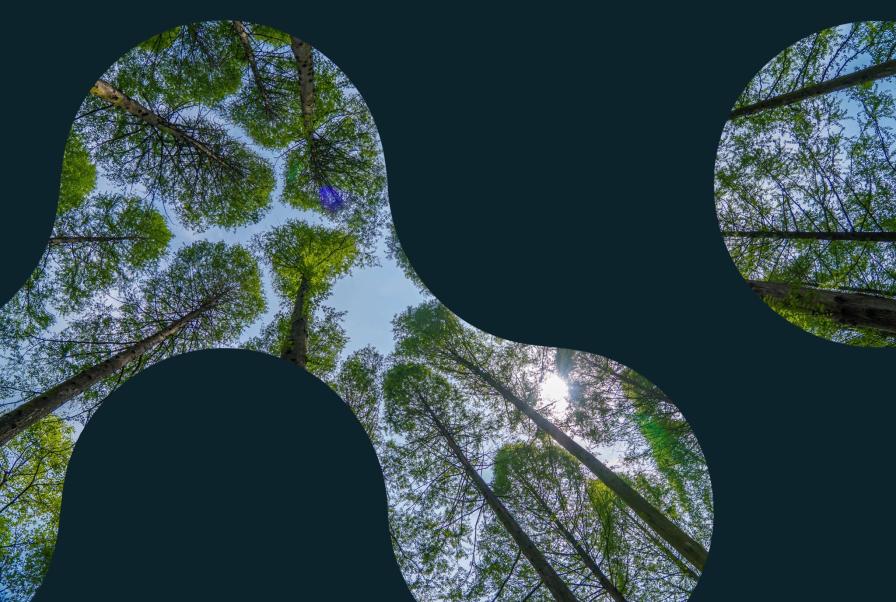
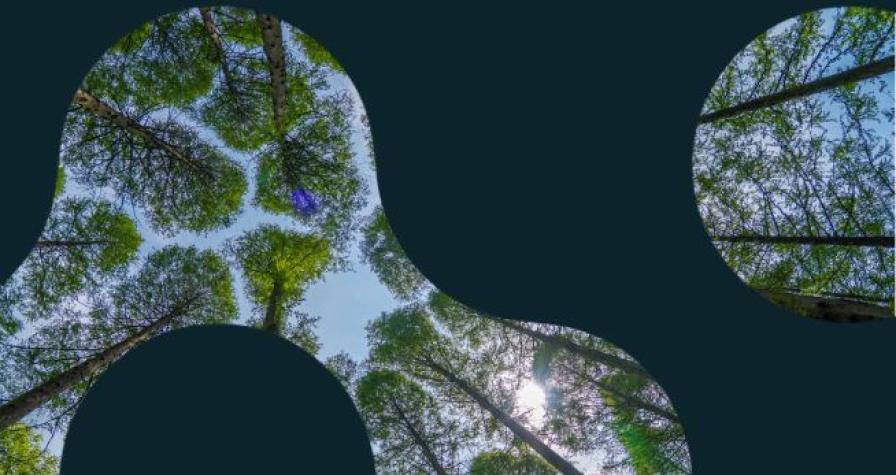


Satellite sources
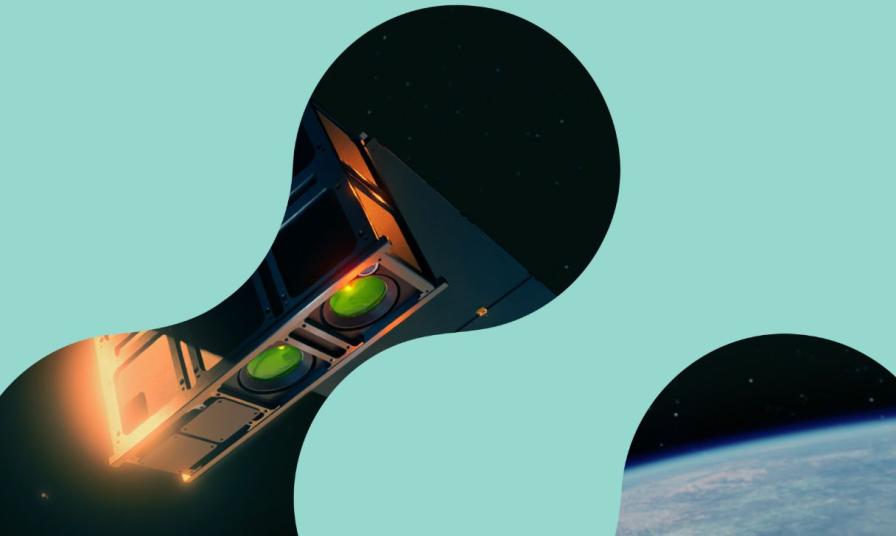
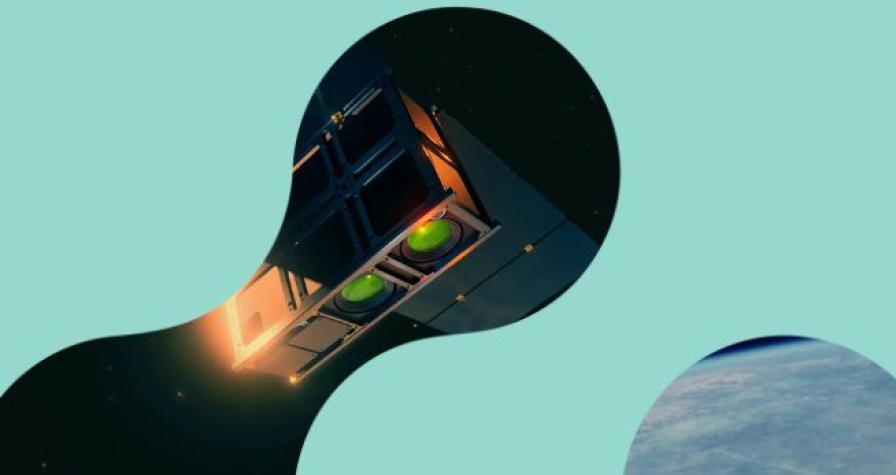


Where it mattered most: how our solution made the difference
Browse powerful examples of how OroraTech made a difference when it mattered most. From detection to response, these stories show the real impact of timely insights.
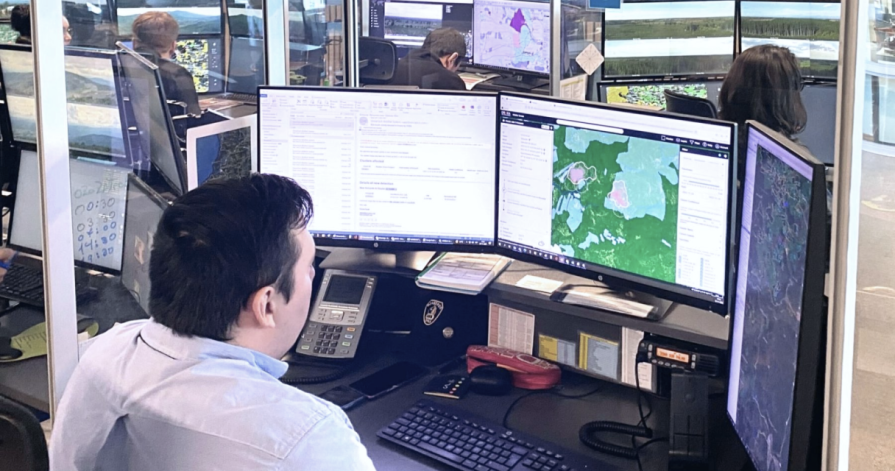

ARAUCO Chile
“OroraTech’s data and team support enabled our team to concentrate on the crucial task of combating the fires, especially at night when visibility and aircraft resources are scarce for having an overall overview of the situation.”
OroraTech & ARAUCO: Battling Devastating Fires in Chile

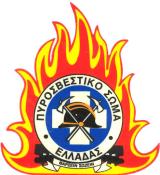
Hellenic Fire Service
"OroraTech’s wildfire intelligence has been a great tool for us. We received immediate notifications of almost every new fire, the ones in isolated areas gave us the opportunity to act rapidly, dispatching and managing our resources efficiently. The detection of fires on Greece’s borders with Albania, North Macedonia, and Bulgaria allows us to coordinate water sources and emergency responses across regions. The visualized fire perimeters, especially in the case of Varnavas fire help us realise the development of this EWE. I am looking forward to the future of fire spread modeling, early detection, and so much more!"
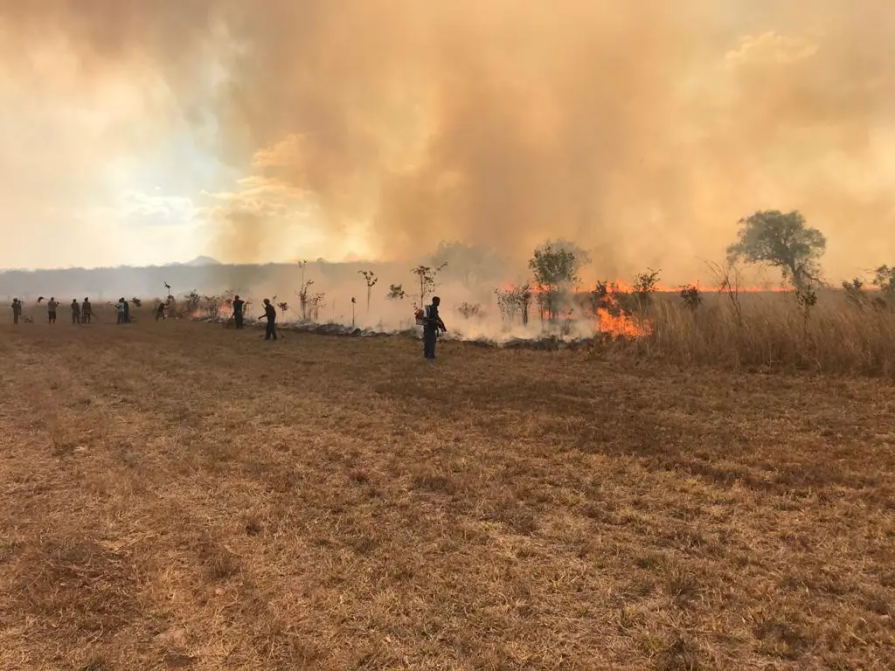

USFS Niassa National Reserve
"The Niassa Special Reserve in northern Mozambique faces a huge problem of forest fires that every year cause environmental, social, and economic damages. Thanks to OroraTech's WFS we are able to monitor the wildfires as well as gather the information needed to analyze their spatio-temporal pattern which is a very important component for the designing of an integrated fire management plan to address this problem within this conservation area."
On a Mission To Save the Niassa Special Reserve: Home of the Last Great Elephant Population
Connect with us today
Let’s talk! Whether you’re here to book a demo, explore partnerships, or talk to our press team, we’re just a message away.




